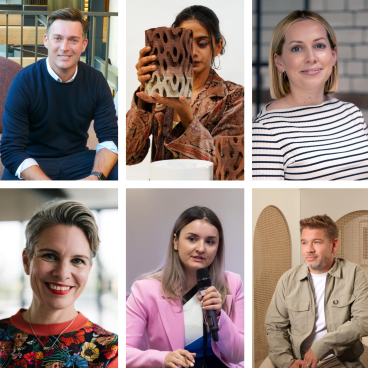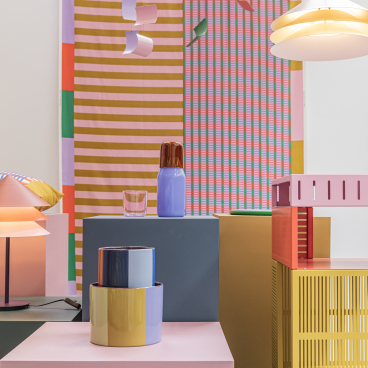Year in review: Your favourite sustainably focused materials and projects of 2024.
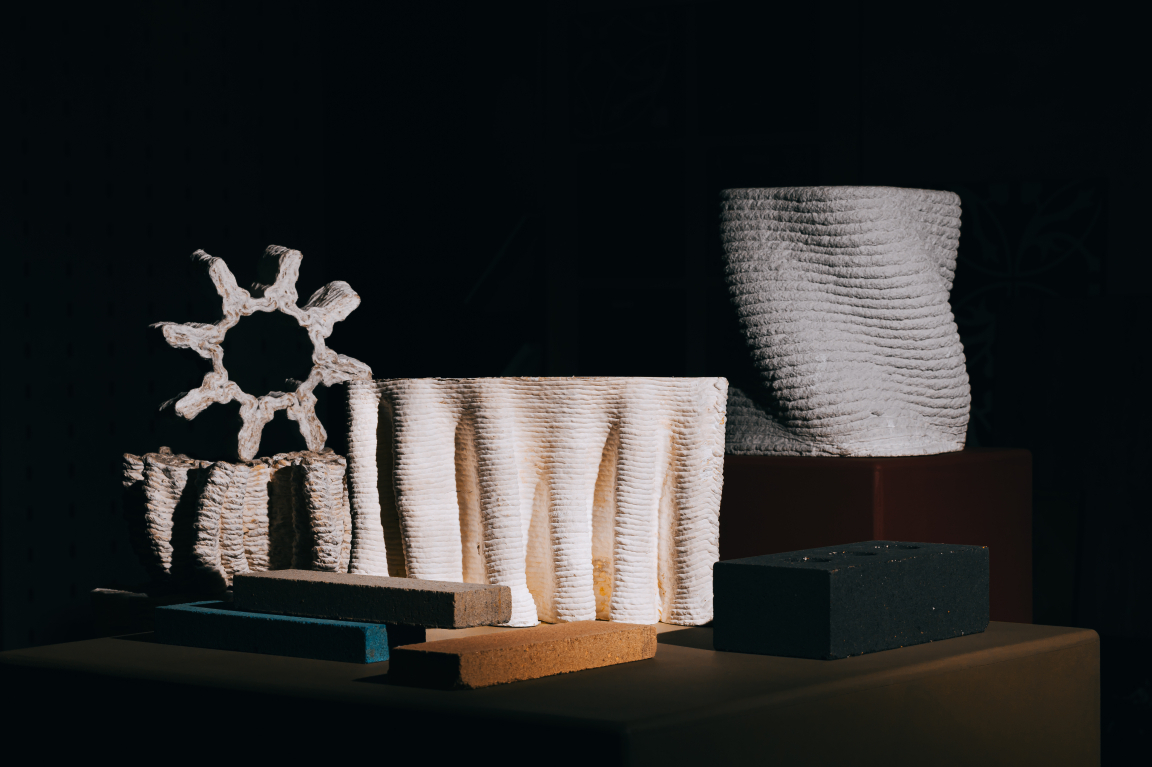
This Is No Longer Speculative Exhibition at Material Source, Glasgow. Credits: Lewis Cannon
With the end of the year nearing, we’re reflecting back on some of your favourite sustainably focused materials and products of 2024 - all championing the concept of re-use, re-purposing and re-invention.
From waste-based architectural façades and re-envisioned basalt crofts, to low carbon concrete and CLT in construction, it's been reassuring to see a wealth of circular solutions for the built environment come to the fore - many of which you’ll see are commercially ready…
BOSS renovates its store at İstinye Park, Istanbul using 3D waste materials.
Earlier this year, BOSS revealed a striking 3D printed façade, inspired by textile weaving on its İstinye Park store in Istanbul.
A collaboration between Ippolito Fleitz Group and Aectual, 3D printed waste materials have been reimagined to create an innovative and circular storefront - merging cutting-edge technology with sustainable design.
Aectual’s advanced 3D printing technology enabled the designers to rethink the façade with a focus on sustainability and customised branding. Inspired by woven textiles, the façade translates the delicate wefts and warps found in BOSS garments into a 3D printed architectural feature.
Covering 73 square metres, the giant structure comprises 136 uniquely printed pieces that interlock seamlessly. Beyond its aesthetic appeal, the design also provides practical benefits, such as shading and temperature regulation, effectively merging beauty with functionality.
Discover more about this project here.
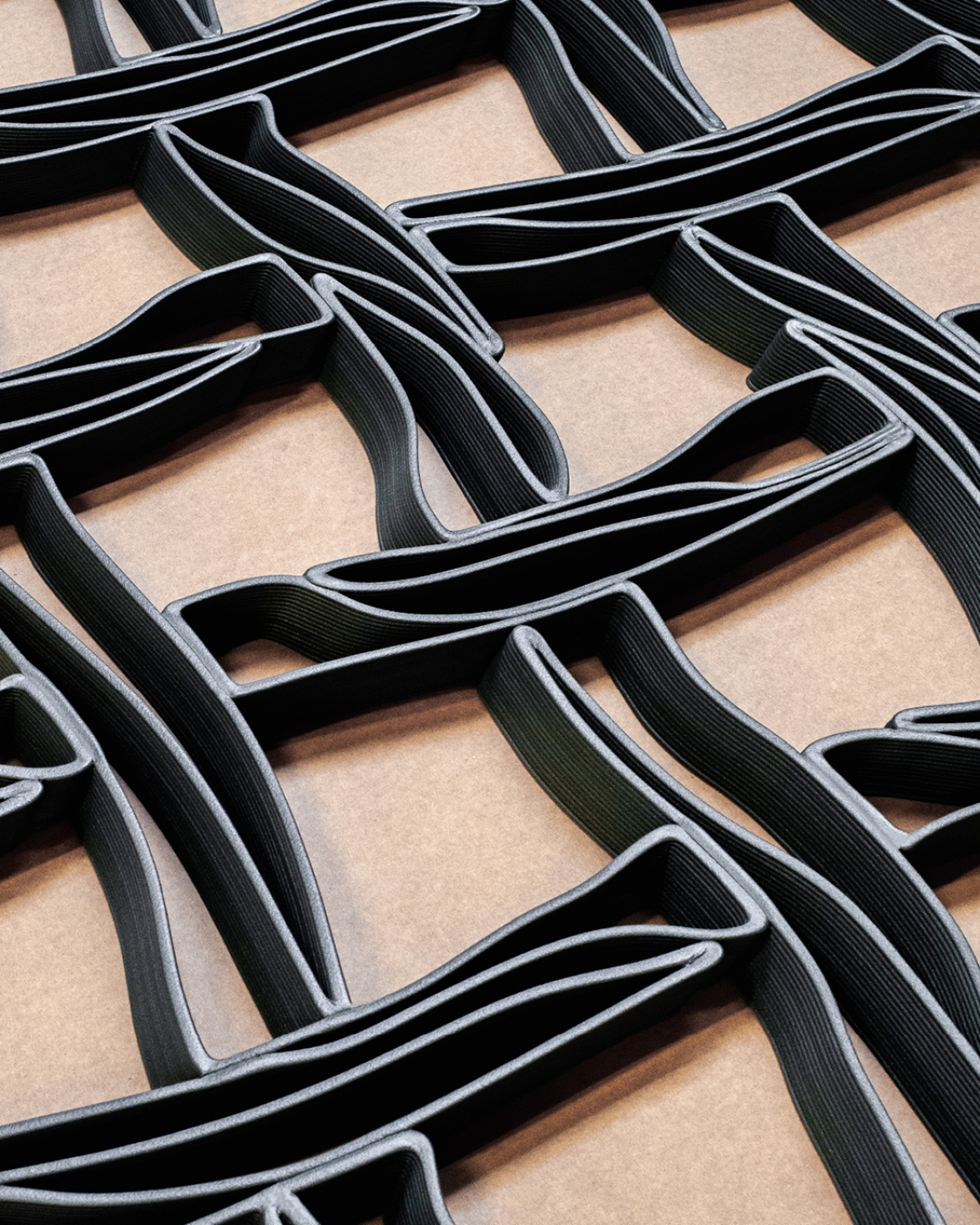
Photography credits: Stefaan Devooght
Bjarke Ingels Group and A+ Architects reveal design of bio-based mass timber structure for Marengo Multimodal Transport Hub in Toulouse.
Bjarke Ingels Group and A+ Architects unveiled their designs for the 12,000 m2 Marengo Multimodal Transport Hub in Toulouse, France.
Sporting an impressive combination of raised, rose-coloured roof, and bio-based, rib-cage-like structure crafted from mass timber, the concept and initial renders are a sustainably-driven sight to behold.
This project’s unveiling came hot on the heels of our roundtable in Glasgow - The Growth of Biomaterials - in which our guests urged more developers to adopt mass timber where they could...
Located adjacent to the central station Gare Matabiau on the eastern border of the city, the building seeks to expand the city centre beyond the Canal du Midi and strengthen its public transport networks by uniting bus, railway and metro under one roof.
Constructed mainly in wood, the hub connects to the central train station in the west and dovetails the city’s pedestrian and bicycle flows towards the east, acting as a link between the city centre, the UNESCO-listed Canal du Midi and the Périole neighbourhood.
Click here to explore the plans behind this sustainably focused build in further detail.
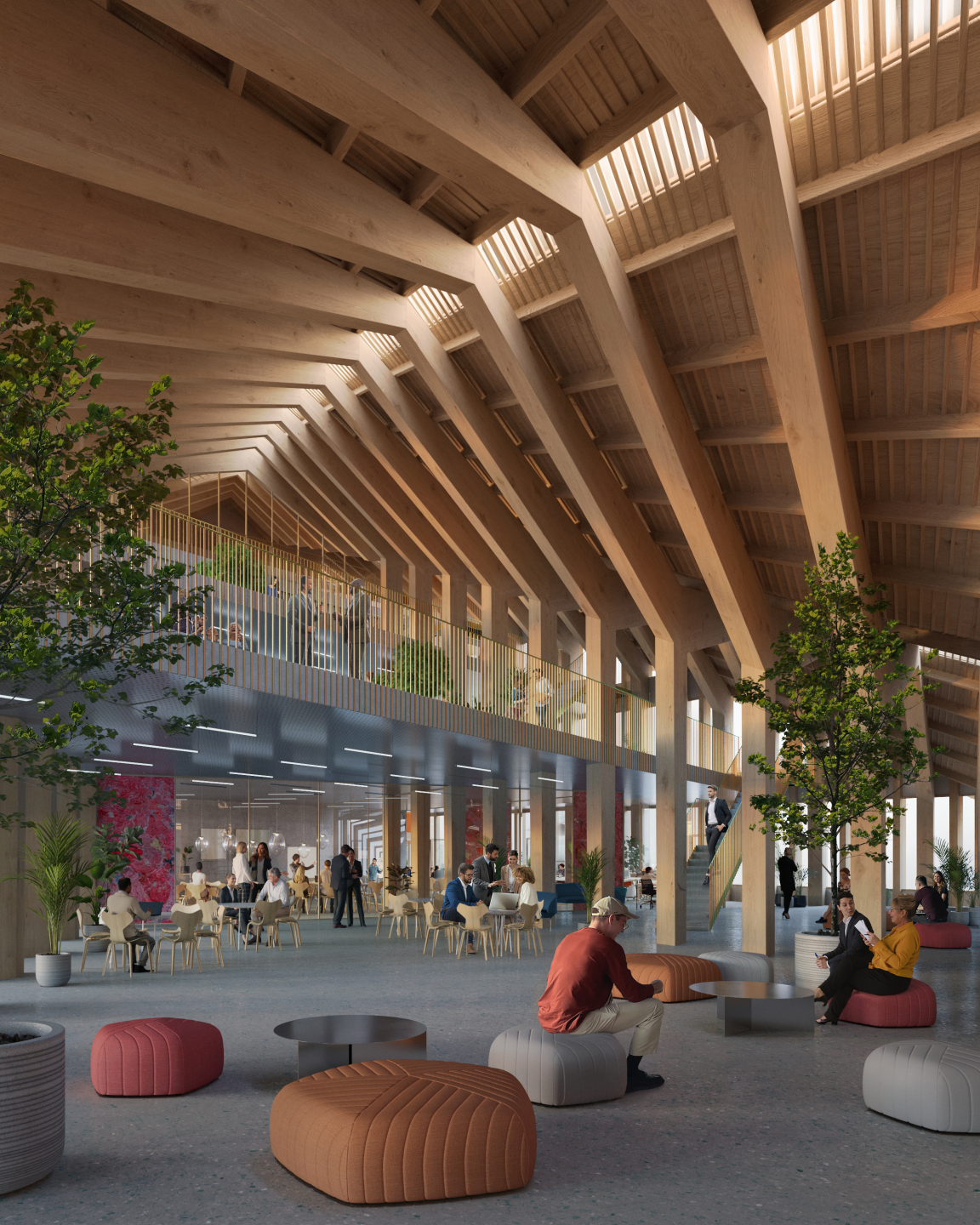
Courtesy of BIG – Bjarke Ingels Group
From pavilion to pool: Pretty Plastic marks a new milestone in circular construction.
Taking critical steps towards a circular economy, Pretty Plastic has renovated Tongelreep National Swimming Centre using innovative and sustainable tiles for cladding, made from 100% recycled PVC.
The Netherlands-based start-up, Pretty Plastic, has set about transforming plastic building site debris, such as discarded window frames and drainpipes, into a commercially-ready building material. Offering twelve different colours and three distinct designs of cladding tiles, each holds its own unique character and qualities.
This Autumn, Pretty Plastic is celebrating the largest application of its material to date, showcased on the façade of the renovated Tongelreep National Swimming Centre in Eindhoven. Designed by Slangen+Koenis Architects and with no fewer than 30,800 tiles spread over 1,400 m2, this project marks a new milestone in sustainable architecture.
Our write-up is available to read in full here. Pretty Plastic additionally feature as part of our 25 biomaterial and waste-based products for 2025 guide.
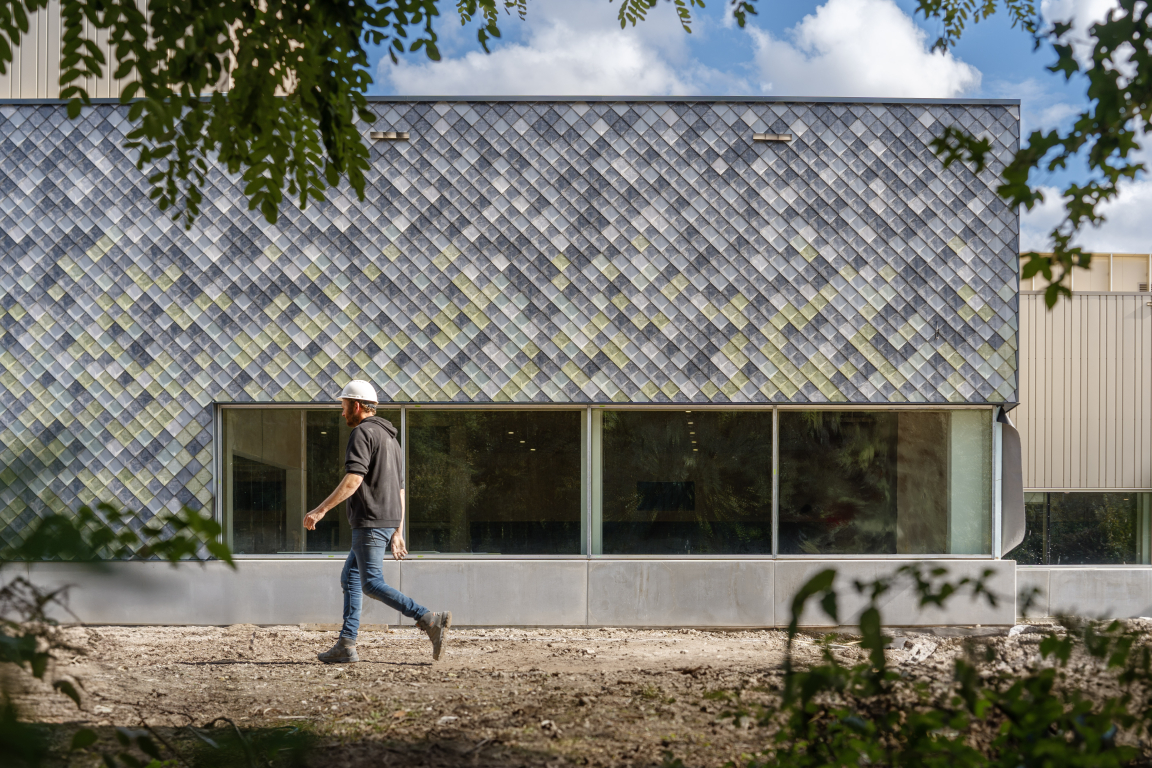
Photography by Maarten van Apeldoorn
This Is No Longer Speculative exhibition evolves with specifiable, by-product based material palette.
At Material Source Studio, we seek to champion circular design wherever possible. And so for our autumn/winter programme of activity in the Manchester Studio this year, we kept this principle of circularity firmly in mind.
Rather than replace the installation in our Gallery, we decided to evolve it, using pieces excavated from the factories of our Studio partners, CDUK and Surface Matter.
Teaming these materials with a bold colour palette of orange and yellow from Crown Paints, we present a joyful re-configuration of the Manchester Studio’s This Is No Longer Speculative installation - with displays now created from 100% recycled surface materials and re-painted plinths, which altogether transform the space with as low an impact as possible.
Discover more about the materials used to transform our Autumn / Winter showcase here.
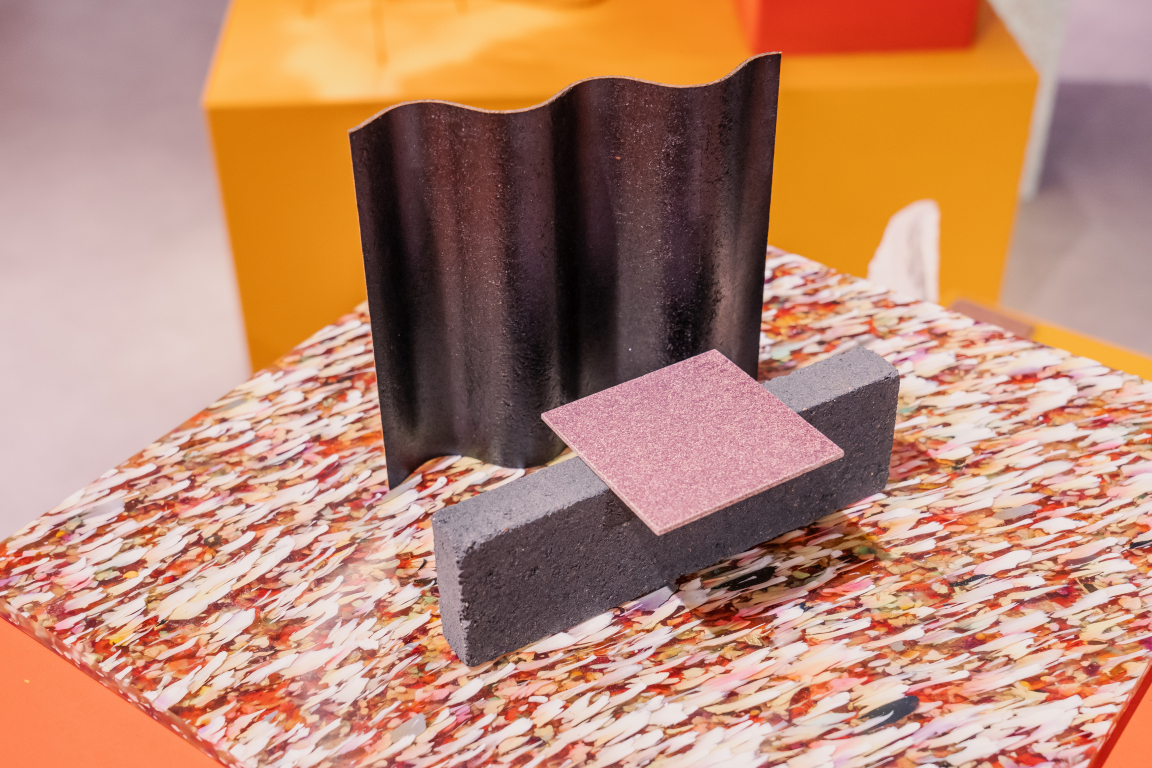
This Is No Longer Speculative Exhibition at Material Source, Manchester. Credits: Tim Ainsworth
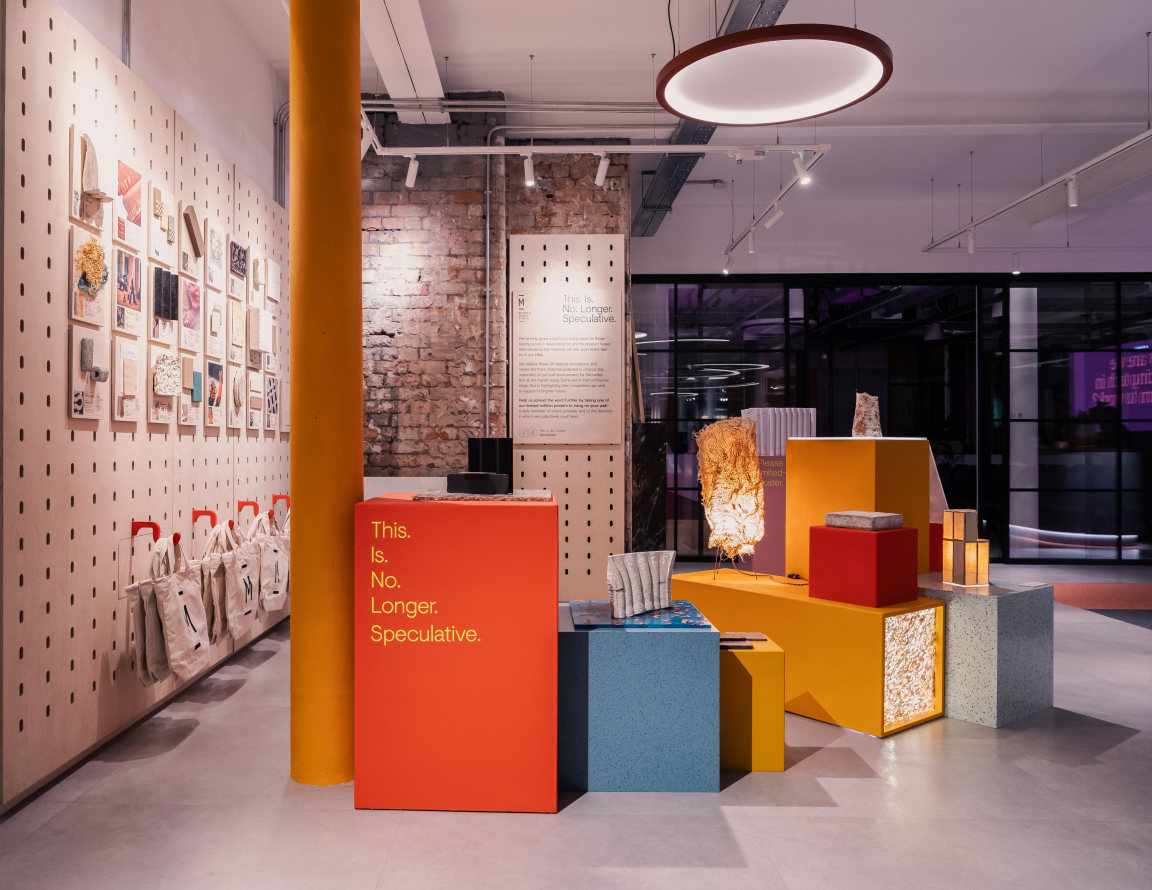
This Is No Longer Speculative Exhibition at Material Source, Manchester. Credits: Tim Ainsworth
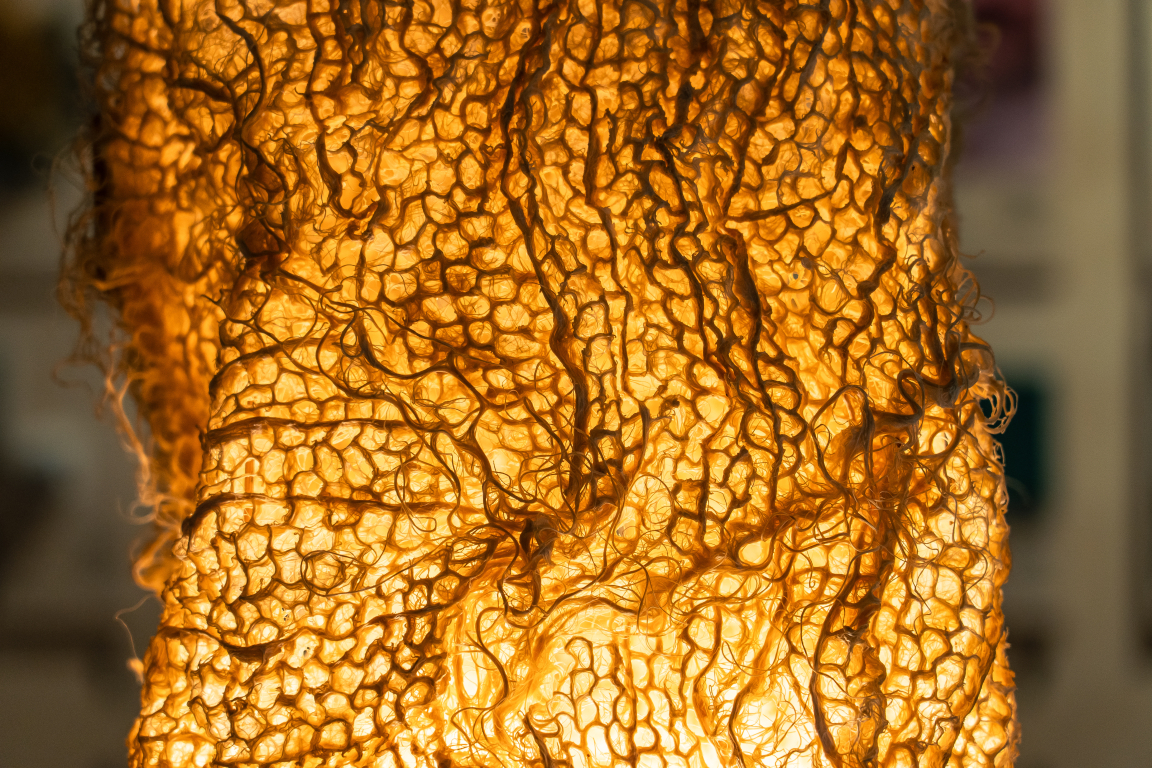
This Is No Longer Speculative Exhibition at Material Source, Manchester. Credits: Tim Ainsworth
Studio Sanne Visser's Locally Grown explores the potential of hair as a new material.
Would you consider using a human hair-based product in your next scheme?
Locally Grown is an interactive installation that took place at the recent Material Matters fair in London. It invited visitors to explore their hair as a new material with great potential.
This project was led by Studio Sanne Visser, a material design research studio investigating the development of human hair as a scaleable, regenerative material.
Initially launched at the Design Museum in 2022, the recent installation marked an evolution in the project to promote new pilot recycling hub, HairCycle in Stratford.
Since February 2024, the HairCycle team has been collecting hair from local salons and barbershops in Newham to transform it into local, bio-based materials. The studio shares that hundreds of kilograms of hair is wasted every month, choking drains, filling landfill sites, and releasing harmful greenhouse gases.
Interested in the prospect of using human hair in your next project? Discover more here.
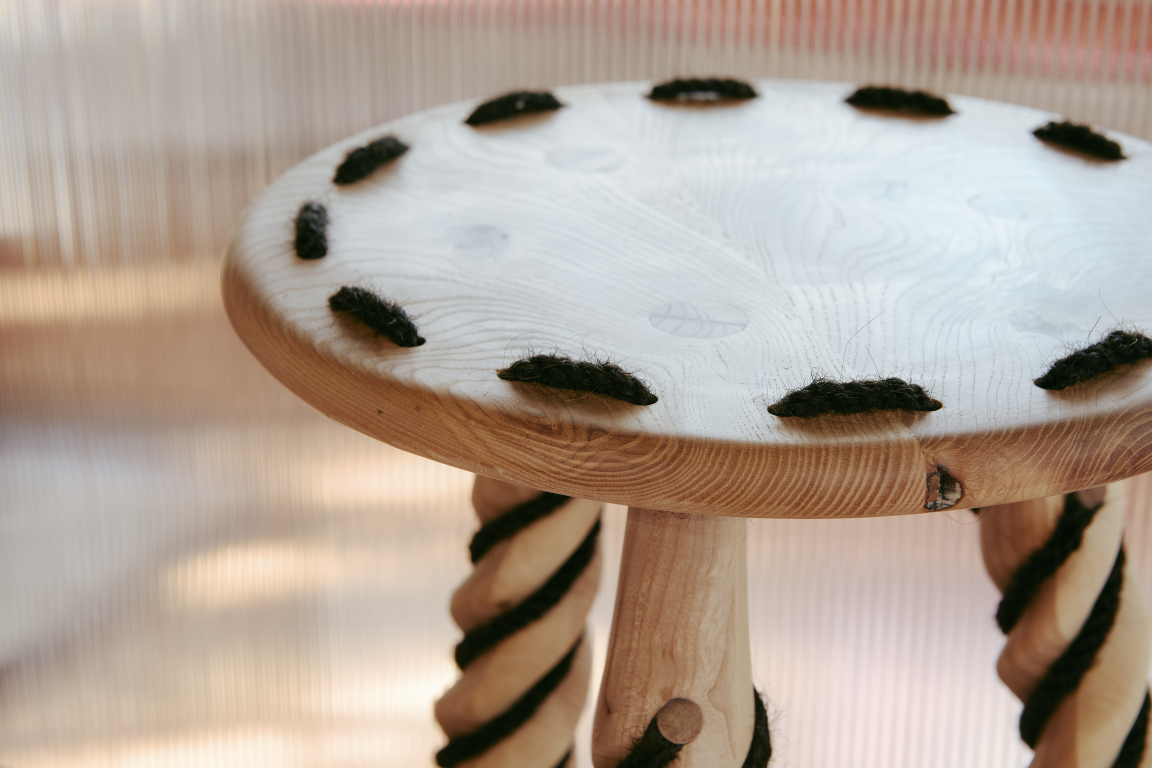
Credit: Rocio Chacon
Tree Courtyard House champions small-scale sustainable construction, using CLT.
Constructed from brick and cross-laminated timber (CLT), Tree Courtyard House is a sustainably built, single-storey home in East London.
Situated in Walthamstow, architecture practice, ao–ft sympathetically designed the new-build to its natural surroundings.
The Tree Courtyard House is testament to the practice’s interest in sustainable construction, precision through off-site fabrication, and response to the natural environment.
The prefabricated construction of CLT allowed for efficient transportation and assembly without the need to shut down local streets and disrupt traffic, highlighting the material’s suitability for busy neighbourhoods.
Find out more about East London’s recent single-storey CLT home here.
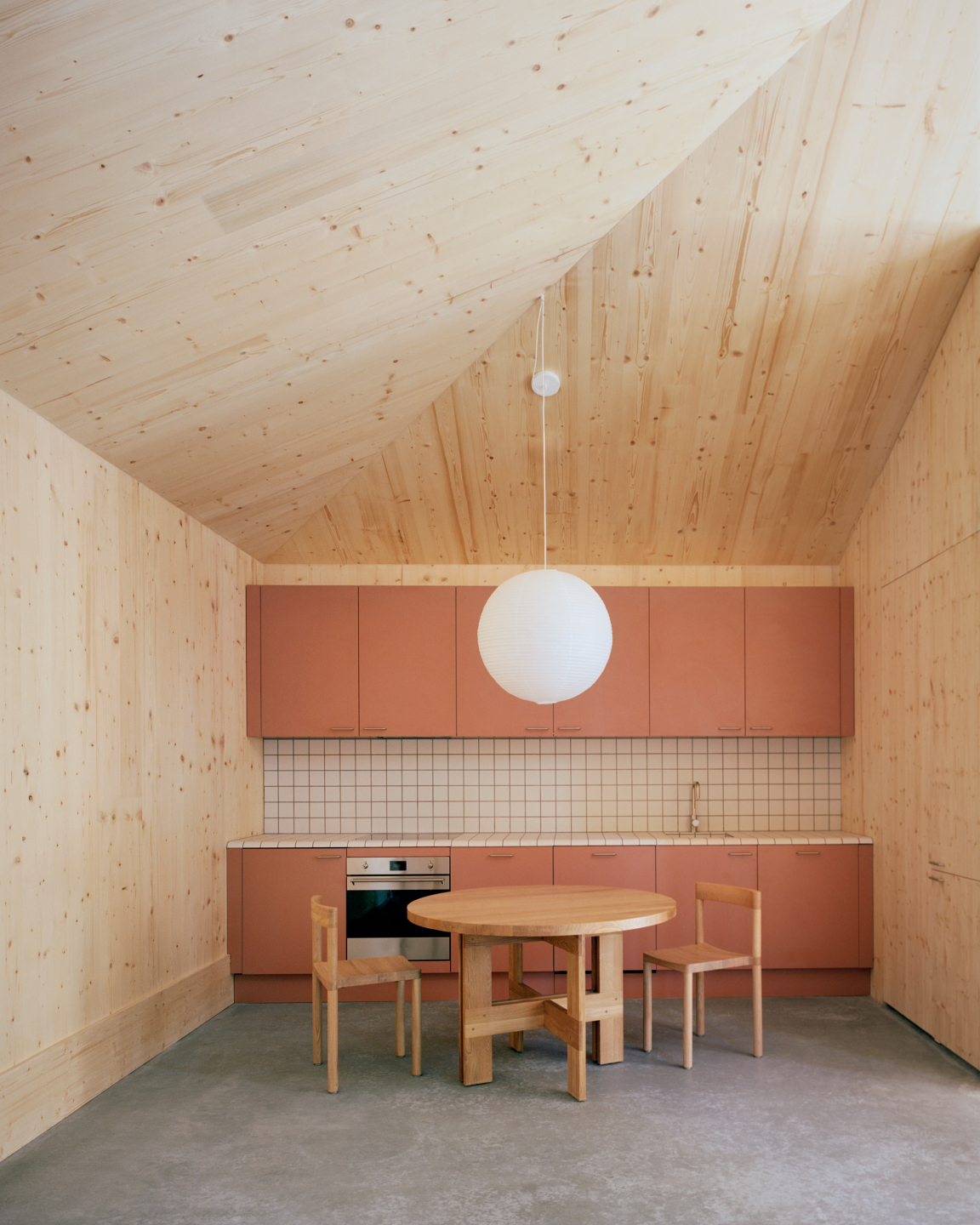
Photography credits: Rory Gardiner
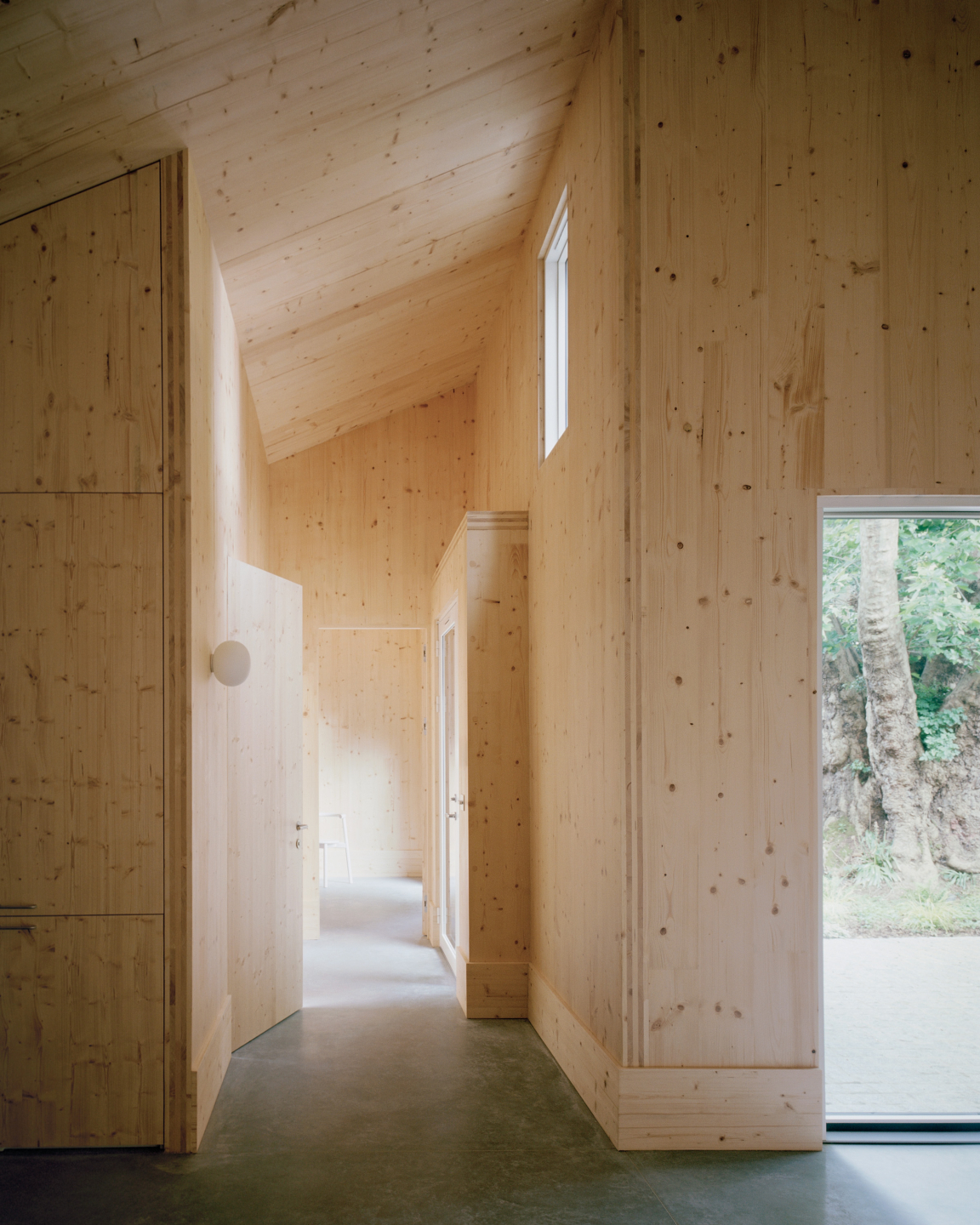
Photography credits: Rory Gardiner
Clayworks' low carbon wall finishes aesthetically inspired by monolithic rammed earth.
Producer of sustainable, natural wall finishes, Clayworks presented its Rammed Earth range at the Material Matters fair.
The new exterior finish has been developed in response to the globally growing demand for low carbon construction and sustainable wall surfaces that "echo the authenticity and feel of monolithic rammed earth".
Clayworks’ Rammed Earth finishes have been developed as an answer to the complex and technical challenges of building with monolithic mass - an ancient, natural construction method.
Traditional rammed earth architecture requires many tonnes of compressed earth to create buildings with structural integrity, prohibiting its use and viability in most urban and retrofit contexts.
Learn more about Clayworks’ sustainable offering for construction in our 25 biomaterials and waste-based products for 2025 guide, and find an in-depth write-up of Clayworks’ products here.
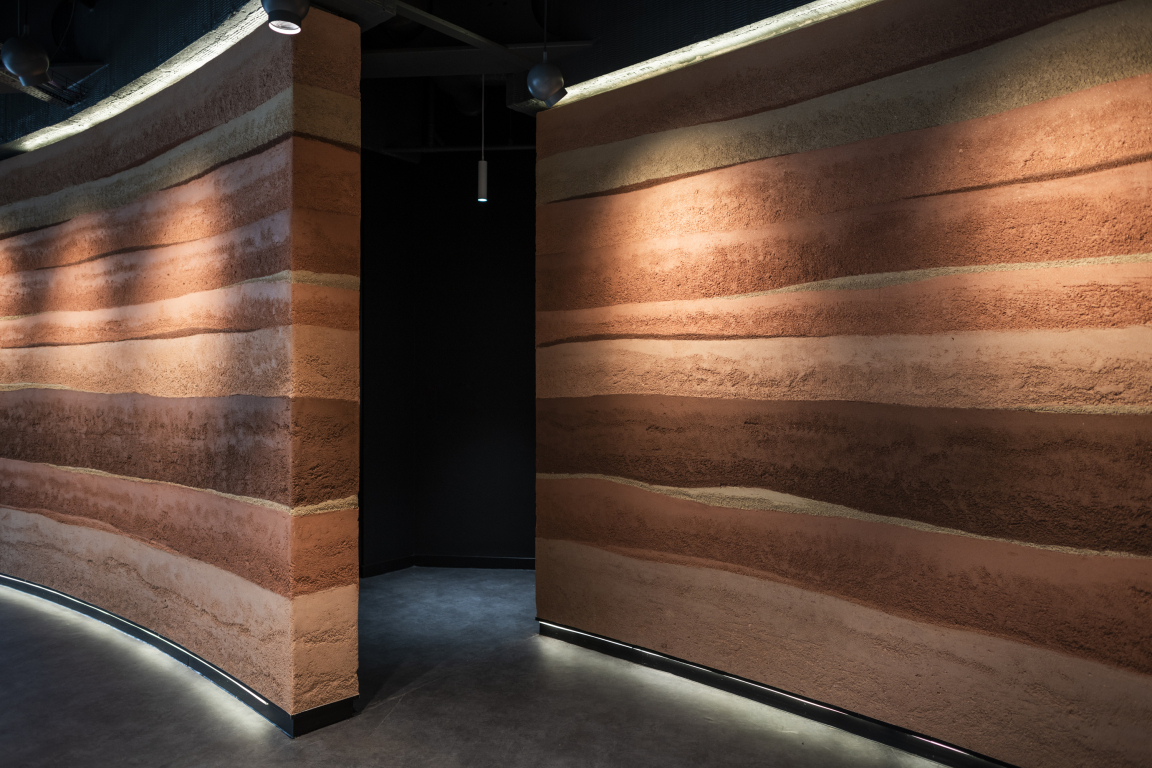
Rammed Earth Finish Sustainable Wall Surface - CBRE Glasgow. Credit: Alex Treadway
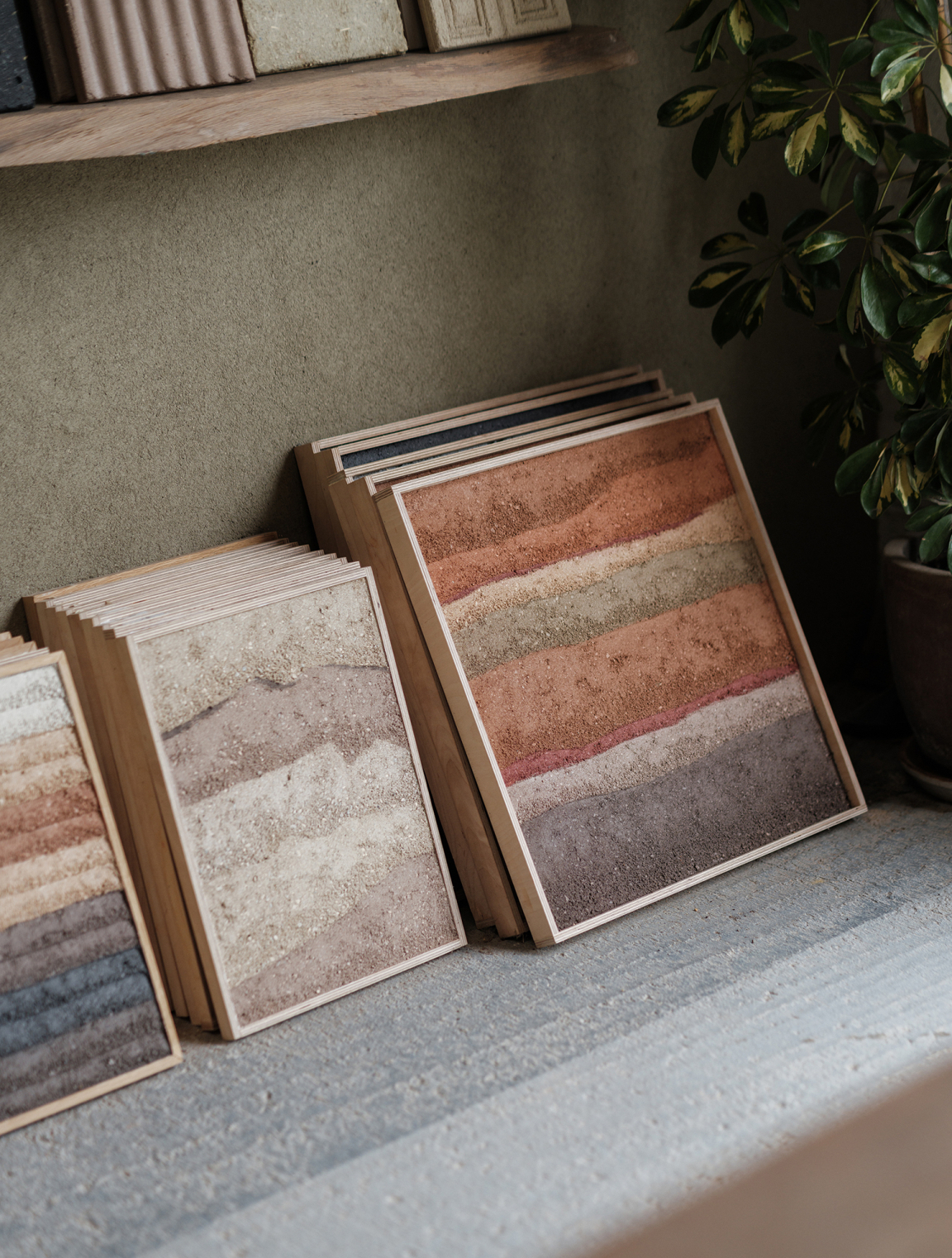
Credit: Elliot Sheppard
Re-envisioning a ruin: Croft3, Isle of Mull.
A dilapidated croft on the Isle of Mull has been repurposed and restored by fardaa, crafting the warm and welcoming hospitality hotspot that is Croft3.
Overlooking breathtaking sea views towards the Isle of Ulva, the build is simple, serene and sympathetic to its surroundings.
Croft3 is a family-run restaurant and working croft. The concept followed on from Jeanette Lynn’s first restaurant, Ballygown, which she operated out of her own living room. This is where Jeanette first cut her teeth in the remote Isle’s agricultural tourism sector.
Architecturally, the design continues to pay homage to the traditional island farmsteads, drawing in the surrounding landscape through deep-set, picture-frame like windows.
Edward Farleigh-Dastmalchi of fardaa kept the embodied carbon of Croft3 extremely low by making the most of the existing basalt structure, re-use of excavated stone, and opting for an extension built, clad and finished internally in timber. Lime-washed walls and bespoke tables made from a single Douglas fir from the island continue the theme of resourcefulness to the build’s interiors.
It’s therefore no surprise that Croft3 snapped up winner of the 2024 RIAS awards and the 2024 RIBA Reinvention Award this year.
This summer, we were lucky enough to stumble across Croft3 on our travels, sheltering from the rain, like most of the Isle’s tourists that day.
Read our sit down conversation with decades-long friends, Jeannette and Edward - available here - to discover how this unique collaboration led to the wonderful Croft3.
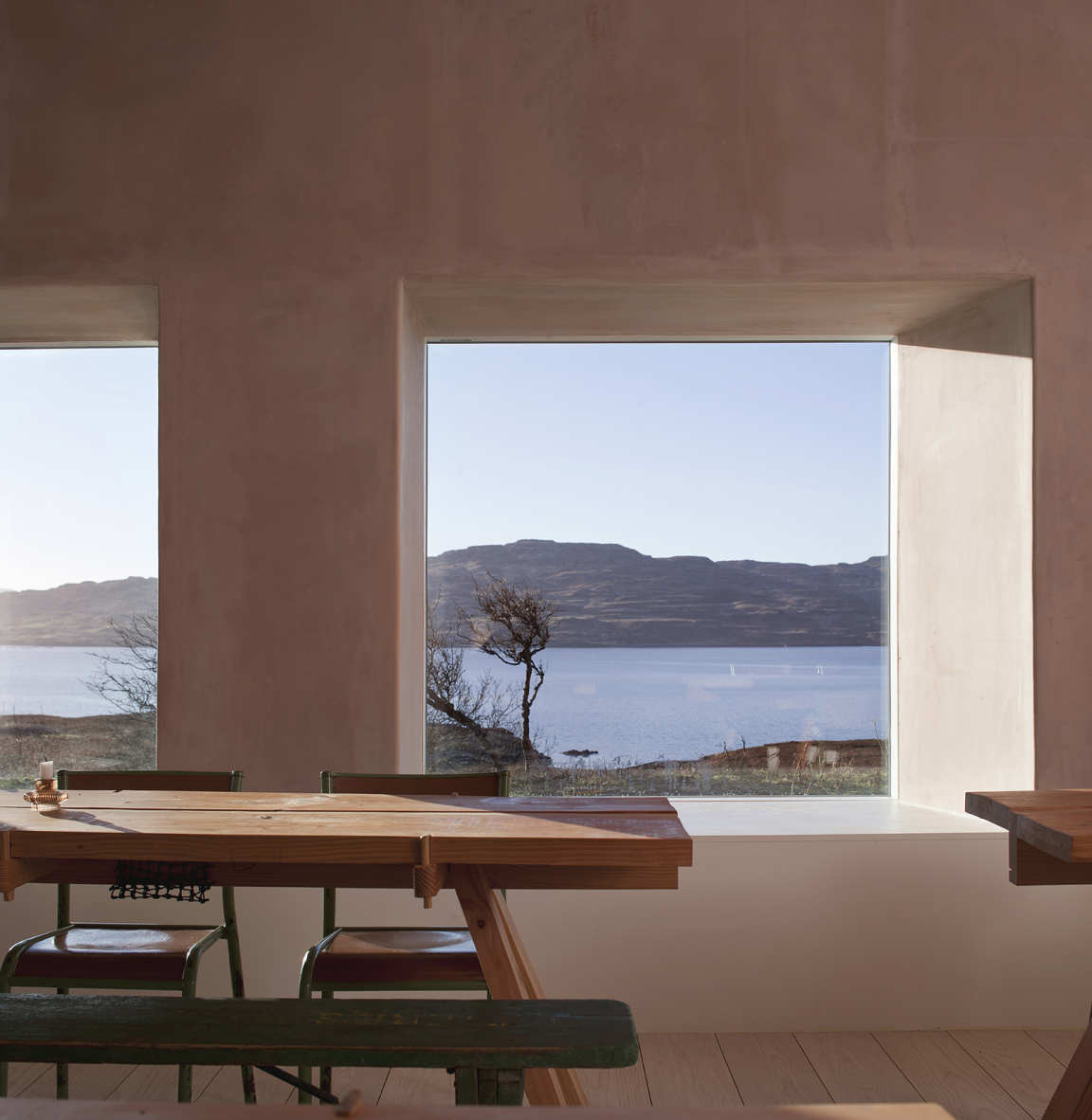
Photography credits: David Barbour
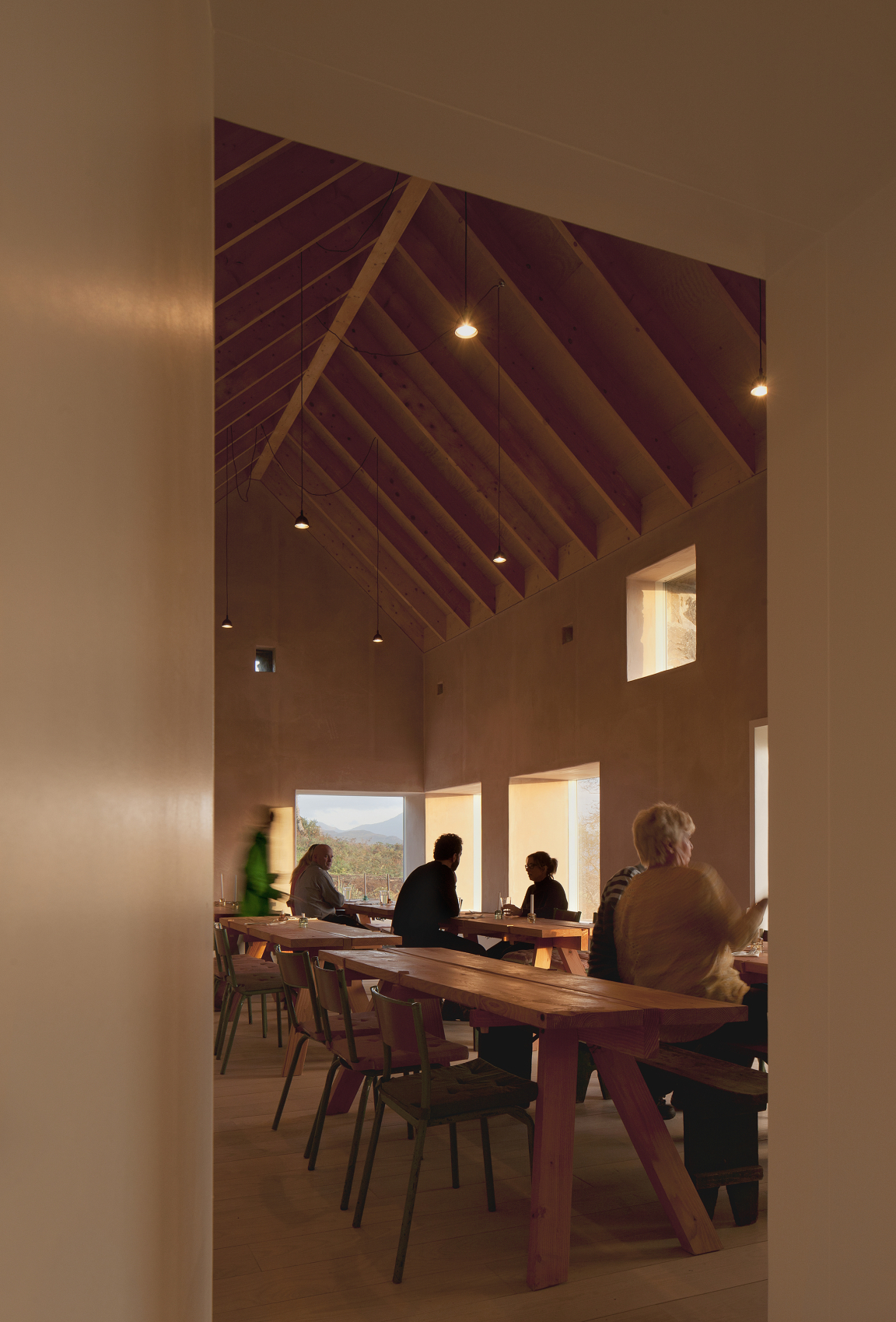
Photography credits: David Barbour
Graphene poses promising potential as low carbon concrete solution.
“Graphene is no longer disruptive - it is now commercial”, stated John Whittaker, engineering director of the Graphine Engineering Innovation Centre at our Community Event breakfast session.
As part of our two day open-studio festival, we invited John to speak about the potential of ‘Manchester’s Material’, Graphene, and what this means for the built environment.
In short, amongst other things, it could mean low carbon concrete. In the built environment, graphene is most typically being used in composites, cladding, roofing, bridges, masts, towers, pipes, tanks, and access covers. With the fact that 6-8% of the world's carbon emissions are being released as a result of cement production, graphene serves as an exciting prospect in curbing this through becoming a replacement in the material mix.
Thanks to its "super strength", by swapping 20% of cement for graphene, it not only remains strong, but gains additional strength. And where concrete normally has a 28-day curing time, the addition of graphene reduces this to just seven.
"Imagine the potential in this to accelerate the building sector", John said.
The material also offers enhanced fire retardancy in addition to its strength. Graphene can enhance intumescent coatings by up to 40%, according to John. This takes the "time to failure" in a burning building to +10minutes - which, although John says may not sound like much, is significant when it comes to evacuation.
Are you interested to hear more from John about the material potential behind Graphene? Learn more from our full write-up. And be sure to sign up to our first seminar of 2025 on Sustainability, where John is a panellist.
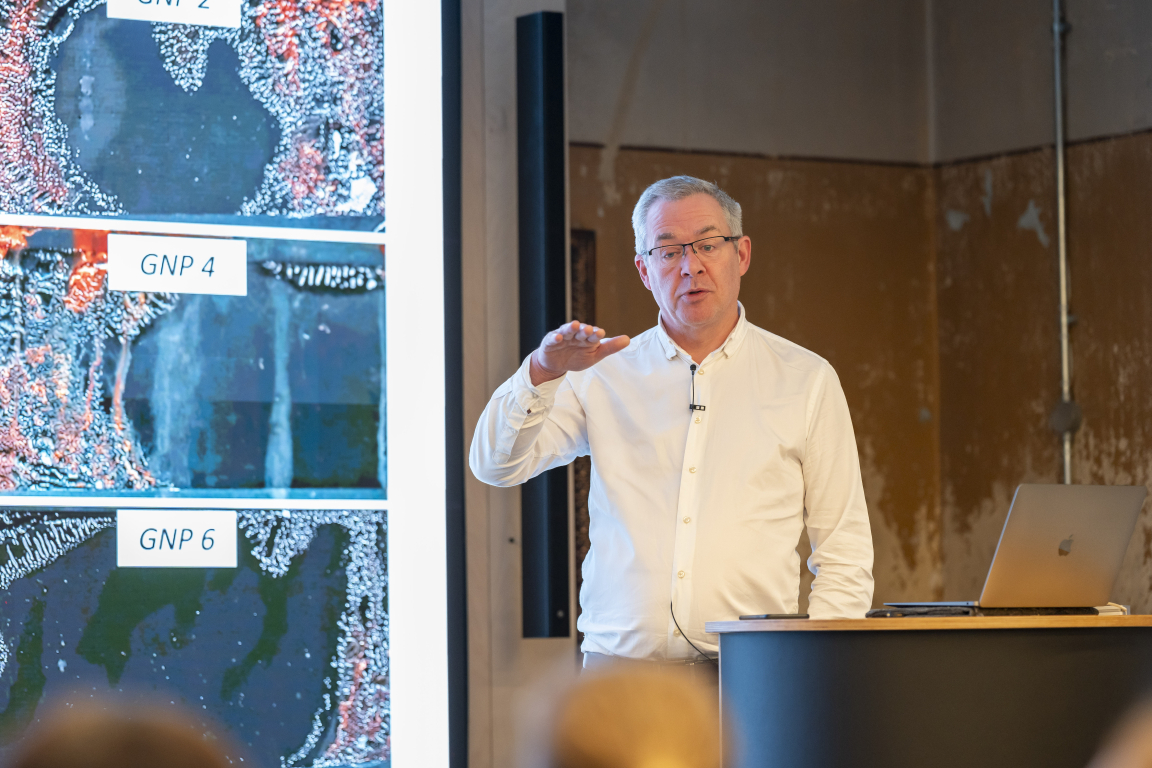
Photography credits: Victoria Middleton
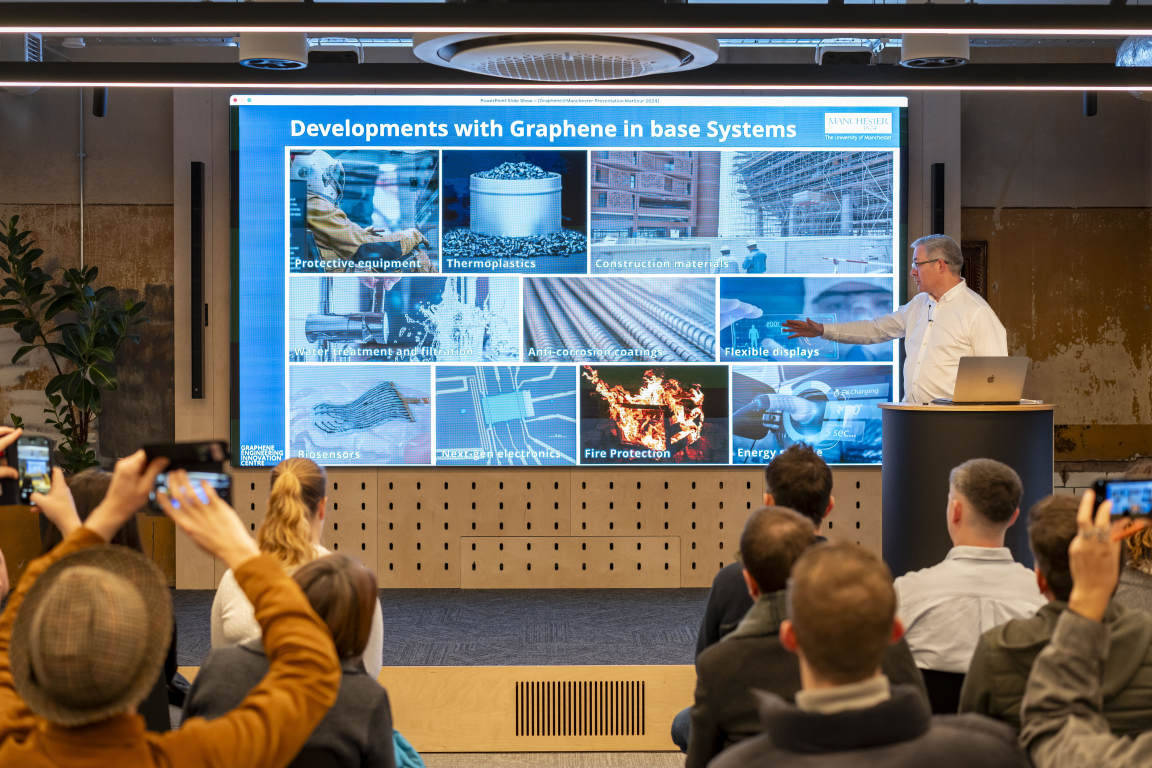
Photography credits: Victoria Middleton
25 biomaterial and waste-based products to specify in 2025.
As 2024 draws to a close, we look to the innovators forging materials and products for a better built environment.
When we launched our first, annual biomaterials guide five-years ago, most of the projects we featured were in their embryonic stages.
From kitchen tables to university labs, innovative designers around the world were busy experimenting and pushing the limits on what had been previously thought materially impossible – perhaps presenting their ideas to a sector that wasn’t fully ready to embrace their concepts.
Fast-forward to 2025, and the bio and waste-based product offering has grown exponentially. In volume, and quality. Biomaterials are no longer considered ‘pie-in-the-sky’, but serious contenders in supporting the sustainable product specification that our built environment so desperately needs.
For this year’s guide, 25 biomaterial and waste-based products to specify in 2025, we have split our list into commercial interiors and built environment, with an underlying emphasis on low carbon – tying into the Net Zero Carbon Buildings Standard. You can expect more carbon-related content over the coming months – including at our Seminars – and in the meantime, here are 25 designers and projects we hope will inspire you.
Keen to explore more responsibly crafted materials and products for your next project? We urge you to pore through this year’s line up of 25 biomaterials and waste-based products to specify in 2025.
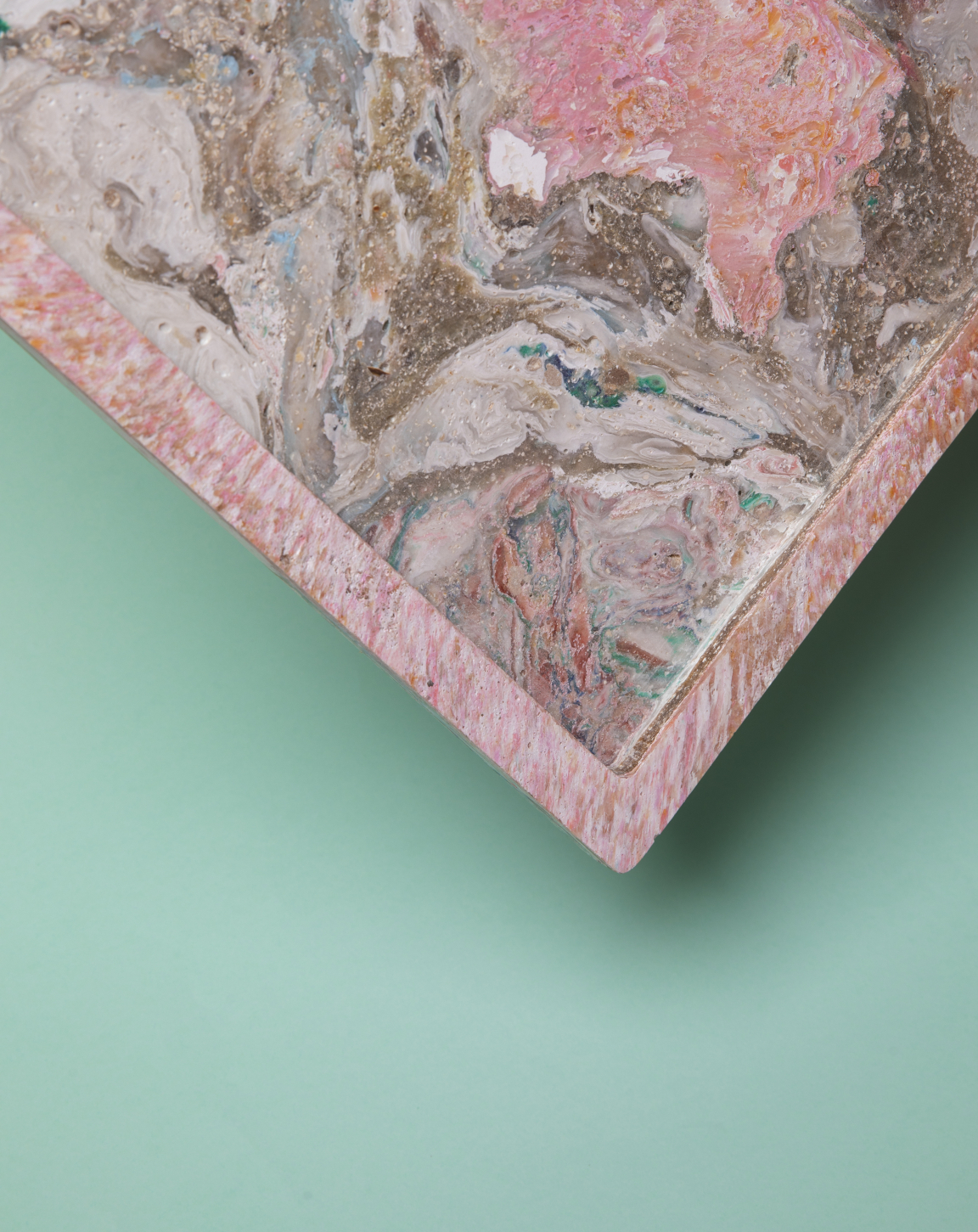
Shell Homage. Photography credits: Rania Elkalla
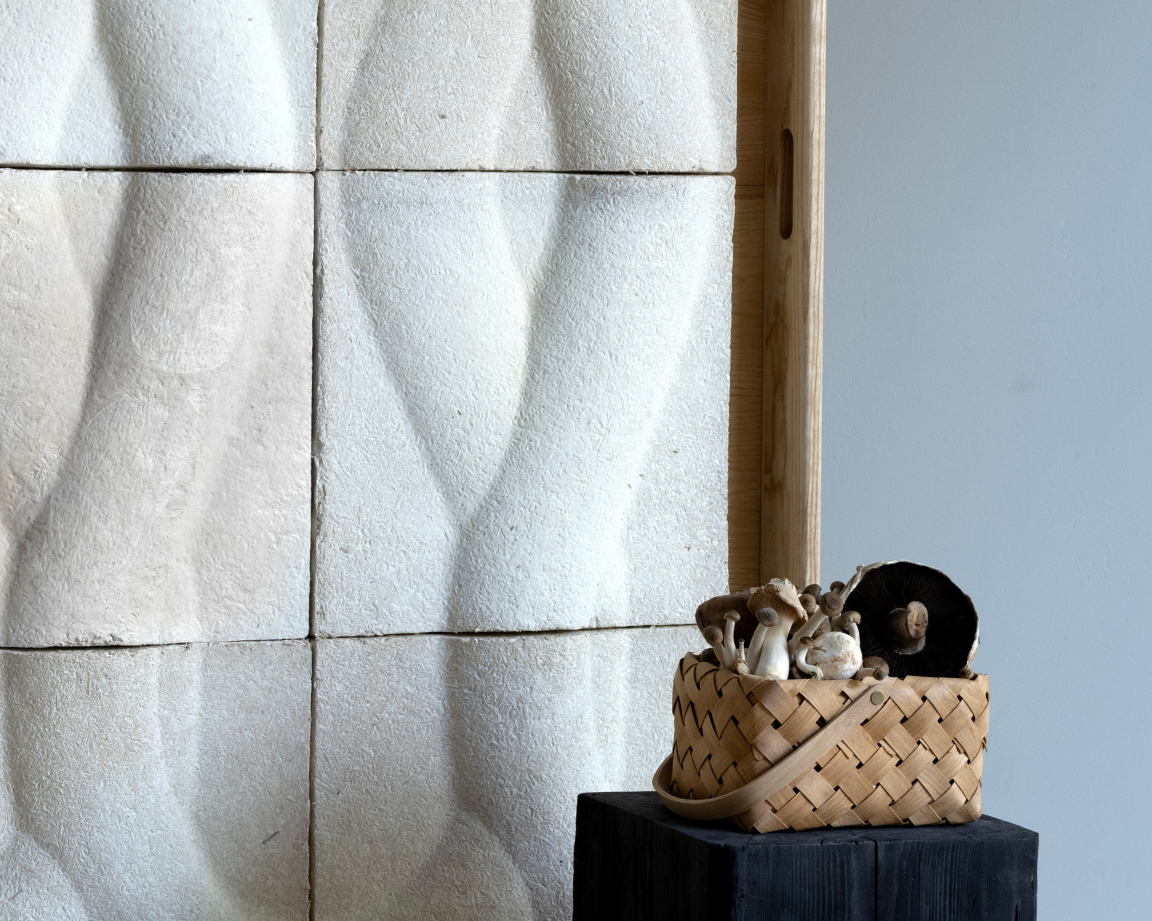
Interesting Times Gang - credit: Marcus Frendberg
Something we've missed? Let us know and we'll look to cover in 2025!


